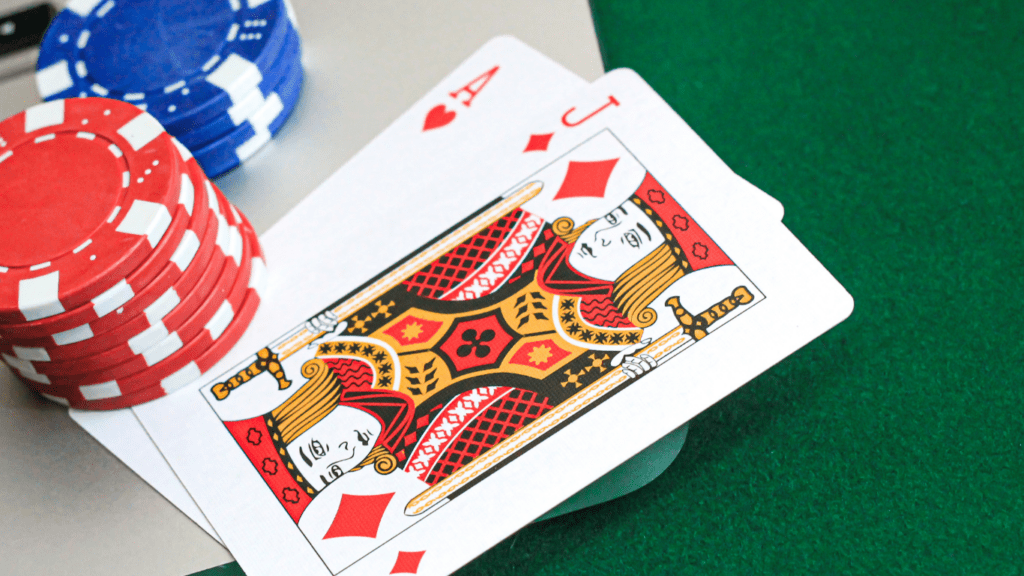Understanding Delousing Centers in the Holocaust
Delousing centers definition in the holocaust: A place where individuals were subjected to delousing procedures, primarily to combat lice infestations and prevent the spread of diseases during the Holocaust.
The Essential Functions of Pediculicide Facilities
Pediculicide facilities serve as dedicated spaces for addressing lice infestations through various essential functions, including:
Diagnosis and Treatment: These facilities provide accurate diagnosis of lice infestations and offer appropriate treatment options to eradicate lice effectively.
Preventive Measures: Pediculicide facilities educate individuals on preventive measures to minimize the risk of lice infestations and promote good hygiene practices.
Community Outreach: They engage in community outreach programs to raise awareness about lice infestations, debunk myths, and provide support to affected individuals.
Research and Development: Some facilities conduct research to enhance pediculicide treatments, develop new products, and improve strategies for lice prevention.
The Role of Pediculicide Facilities in Public Health
Pediculicide facilities significantly contribute to public health by:
Controlling Outbreaks: By offering prompt diagnosis and treatment services, these facilities help to control lice outbreaks and prevent the spread of infestations within communities.
Educating the Public: Through educational campaigns and outreach programs, pediculicide facilities empower the public with knowledge on lice infestations, dispelling misconceptions and promoting effective prevention methods.
Supporting Vulnerable Populations: They play a crucial role in supporting vulnerable populations, such as children in schools, homeless individuals, and lowincome families, by providing access to essential lice treatment services.
Challenges and Innovations in Pediculicide Facilities
Despite their importance, pediculicide facilities face various challenges that impact their operations, including:
Resistance to Treatment: The emergence of treatmentresistant lice strains poses a significant challenge for pediculicide facilities, requiring innovative approaches to combat these resilient pests.
Stigma and Misconceptions: There is a stigma associated with lice infestations, leading to misconceptions and barriers to seeking treatment. Pediculicide facilities work to address these issues through education and awareness campaigns.
Limited Resources: Some pediculicide facilities may face limitations in resources, such as funding, staff, and infrastructure, affecting their capacity to provide comprehensive services.
In response to these challenges, pediculicide facilities are exploring innovative solutions to improve their effectiveness and reach. These innovations include:
Development of New Treatment Methods: Researchers are continuously developing novel treatment methods and products to overcome resistance and enhance the efficacy of lice treatments.
Telemedicine Services: Some facilities are implementing telemedicine services to provide remote consultations and support, increasing access to care for individuals in underserved areas.
Collaborative Partnerships: Collaboration with schools, healthcare providers, and community organizations is helping pediculicide facilities expand their reach and deliver comprehensive lice management services.
Conclusion
In conclusion, pediculicide facilities play a vital role in addressing lice infestations and promoting public health. Through their diagnostic, treatment, and preventive services, these facilities contribute to controlling outbreaks, educating the public, and supporting vulnerable populations. Despite facing challenges, pediculicide facilities are continuously innovating to enhance their capabilities and effectiveness in managing lice infestations. By recognizing the importance of these facilities and supporting their efforts, we can collectively combat lice infestations and ensure the wellbeing of individuals and communities.


 Alanns Ritcheyers – Author
Alanns Ritcheyers is a skilled author at Smart Gamble Land, known for his expertise in winning techniques and the art of gambling strategy. With a keen focus on teaching advanced betting systems, Alanns' content is tailored to players eager to refine their approach to gambling. His methodical breakdowns of complex systems are designed to make challenging concepts accessible to a wide audience. Alanns is dedicated to helping players maximize their potential at the casino by blending strategy with practical tips for real-world application.
Alanns Ritcheyers – Author
Alanns Ritcheyers is a skilled author at Smart Gamble Land, known for his expertise in winning techniques and the art of gambling strategy. With a keen focus on teaching advanced betting systems, Alanns' content is tailored to players eager to refine their approach to gambling. His methodical breakdowns of complex systems are designed to make challenging concepts accessible to a wide audience. Alanns is dedicated to helping players maximize their potential at the casino by blending strategy with practical tips for real-world application.
